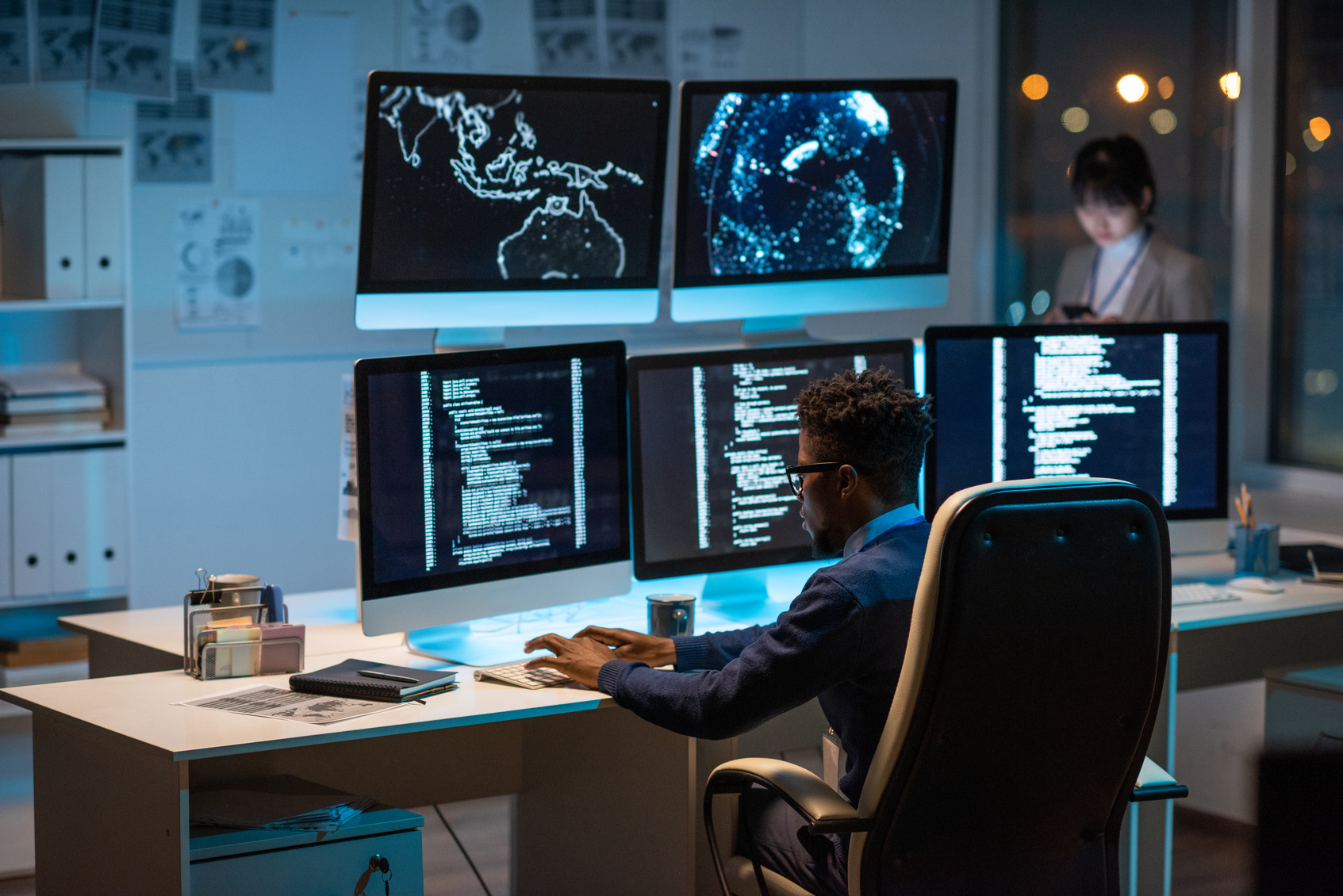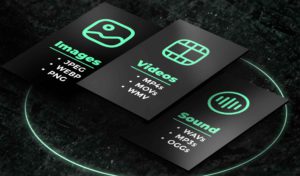Until recently, most security providers treated all jobs as if they were more or less the same. In fact, each industry faces a unique set of challenges, and they all require slightly different solutions. Working with a security company that understands different industries’ complex and varied physical security needs helps to ensure that organizations will have access to all of the tools and equipment required to keep sensitive assets safe.
Commercial Airports
Air travel creates a distinct set of potential threats, and there is little that can be done to avoid or resolve them once a flight has taken off. Instead, airports rely on companies like Genetec to provide expansive preventative solutions on the ground that keep passengers and staff safe without creating additional hurdles for legitimate employees and visitors.
Three primary factors differentiate airport security needs from those of other types of large campuses. Airports must:
- Accommodate millions of passengers per year.
- Keep track of hundreds of employees.
- Maintain absolute safety without creating unnecessary delays.

The best-equipped airport security centers feature unified platforms that allow staff to access everything from one interface. That includes not just internal and perimeter security cameras but also data from sensors, access control systems, automated license plate readers, and other advanced technologies. Modern airports also have access to employee badging systems that eliminate both potential threats and hassles for workers.
Financial Institutions
The financial industry used to face threats only from physical intruders. Now, cybercriminals are just as dangerous. A good security solution will account for both of these potential threats, safeguarding not just assets and people but also data, often across multiple locations
If there’s one mistake that more banks make than any other, it’s improving physical security at the expense of cybersecurity. The Internet of Things (IoT) offers a wealth of security products, but not all of them have robust data protection protocols in place. A system that monitors access to controlled areas of the bank, for example, can create new threats if the cameras and sensors used to operate it offer an easy access point to the network for hackers.
The best solution for banks and other financial institutions is to partner with a physical security solutions provider that is dedicated to maintaining robust cybersecurity protocols that will avoid common security flaws associated with the IoT. Getting rid of legacy equipment and switching over to a unified security system can make all the difference for financial institutions of any size.
Healthcare Facilities
Like financial institutions, healthcare facilities are at an increased risk of falling prey to cybercriminals. However, they’re in no way immune from physical intrusion, including insider threats. Hospitals and other healthcare facilities also need to be able to respond quickly to patients’ emerging health needs, which means that any physical security protocols in place must not impede on workers’ abilities to provide care.
A well-designed security solution for a modern healthcare facility won’t just alleviate concerns about insider threats to patient privacy. Comprehensive digital video capture and AI-assisted monitoring solutions can also catch instances of drug diversion that would otherwise go unnoticed and could prove invaluable should an outside investigation occur.
All of these solutions must be provided by a company that has a deep understanding of the industry’s regulatory needs. In the United States, that means ensuring HIPAA compliance while simultaneously allowing the facility to meet its duty of care to patients and providing an effective violence prevention program for the staff.
Government Agencies
Government agencies operating on federal, state, and local levels are facing unprecedented threats in today’s age from not just outside actors but also domestic extremists and even inside actors. The security teams tasked with keeping government buildings safe must be constantly on guard, but having access to all of the right software and hardware solutions makes it easier for these experts to do their essential jobs.
Like airports, most government buildings have different levels of physical security checks depending on whether a person is an employee working in the building or simply a visitor. Access control and employee badging systems must be kept up-to-date and secure, and security personnel tasked with vetting visitors to the premises must be constantly on guard. Purchasing additional tools like automated license plate readers, video surveillance automation suites, and cloud-based monitoring solutions makes this difficult job easier.
Corporate Campuses
Efficiency is the key to running a corporation successfully, and that applies to more than just core workflows. The security programs at corporate campuses must also be designed with that goal in mind. They should effectively restrict access to controlled areas of buildings without impeding staff members’ and business partners’ abilities to move around freely in open areas and must facilitate the fastest possible incident responses. Effective corporate security is omnipresent without being obvious and makes people feel protected without violating their privacy.
Securing corporate campuses typically involves a mix of video surveillance, access control systems, and advanced threat detection. In an effective system, all of these features are managed from one central control point. Security personnel receives training on how to use the platform effectively when they are hired, then have all the tools at their disposal to ensure that both assets and company secrets can be kept safe.
What All Modern Industries Have in Common
If there’s one security solution that can benefit every large organization, it’s making the switch to a unified platform. While integrating disparate systems, adapting legacy equipment, and foregoing automated and AI-assisted monitoring solutions may seem like an effective way to save money, it can wind up costing organizations a fortune in the long run. Making the switch to a more effective and efficient system now is an investment in the organization’s future.
Remember, physical threat detection and prevention isn’t just about protecting assets and employees. Companies’ reputations, and thus their ability to continue attracting new customers or clients, are also at stake. Make the switch to a unified security solution that features tailored tools to address concerns unique to each industry now to avoid potentially significant regulatory fines, legal issues, and reputational damage in the future.





Be First to Comment